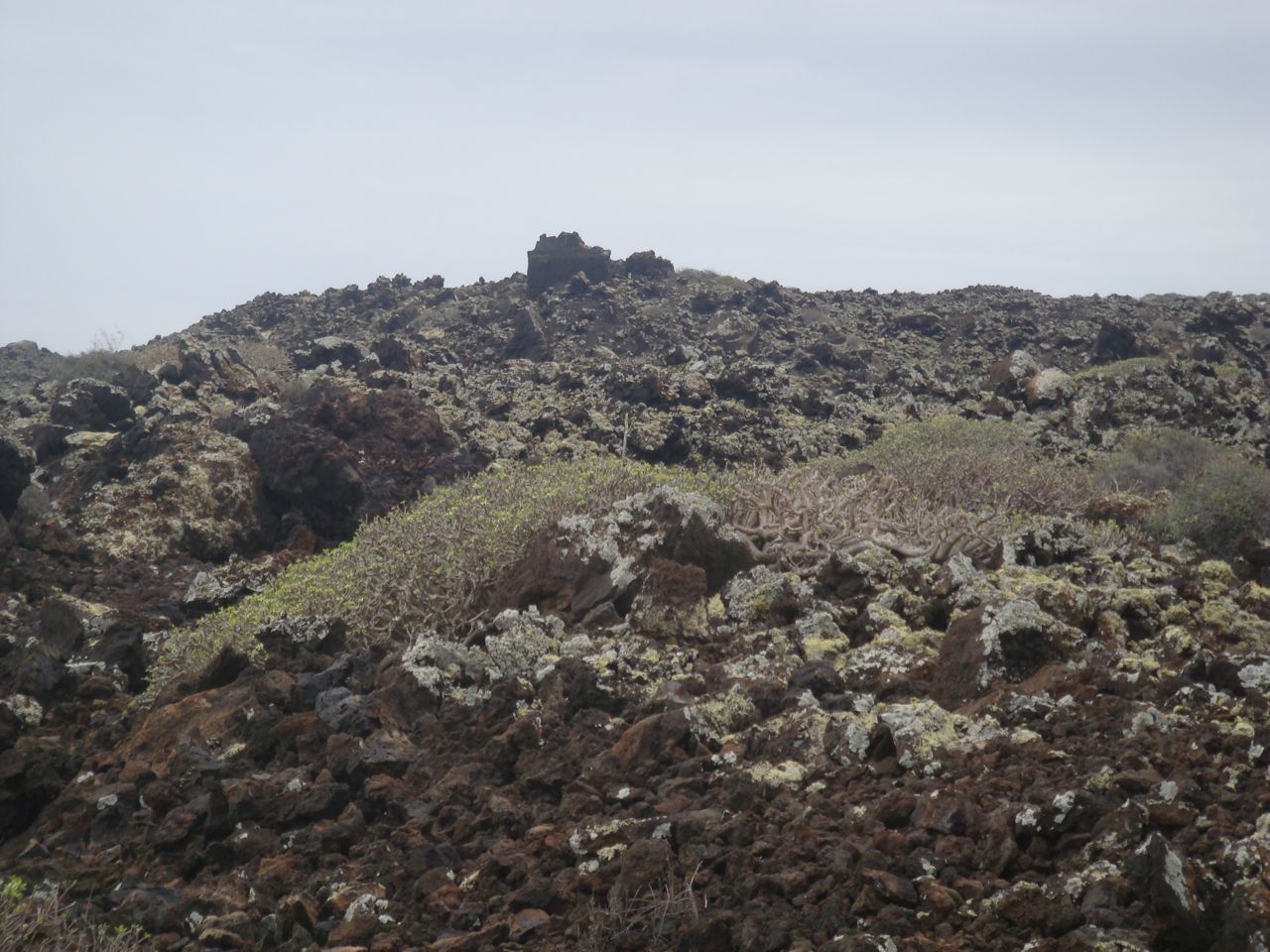One of the first stops we made was marina Rubicon. It is very pretty, but more touristy than Puerto Calero. We also saw the anchorage in the bay next to marina and it was a bit rolly. But then the weather wasn't very typical for the season .....
On SW side of the island there are some salt plants. Right next to it the Atlantic waves show their power ...
People of Lanzarote are doing a really good job in presenting their island to the visitors. Most of points of interest are well presented and organized and very clean. And some are even free - like this place on SW of the island, where the most recent lava flow met the sea. Hot lava and sea water had created a wild landscape full of holes and cliffs. Small dots around the cliffs are people...
The balcony for visitors was obviously made by people...
Atlantic waves are still "working" on remodeling the cliffs.
This is a red volcano hill....
... and this the spotted one ....
.... and this the one with jagged edge. Pretty, isn't it?
All the different colors and shapes at one glance....
On sunday we visited Teguise, the old capital of the island. Every sunday there's a fair and everybody goes there, so we also went. It was busy, nice and colorful.
On our way back we stopped in Arrecife for a coffee. This is the most famous church in town.
We made next tour on friday and it was to the north part of the island. First stop was Jameos de agua, which means something like "water caves". The caves were made by air pockets in a lava flow from the nearby crater.
This is a blind crab that lives in the caves.
In one of the caves there is a concert hall, the chandelier is a work of a local artist.
Caves are pretty and very well presented, with pathways, benches and a lot of vegetation everywhere.
We drove to the north of the island and this is a typical untouched landscape, as volcanoes had made it. In years afterwards only some moss and dry bushes find their footing on the ground.
This is the crater that is "responsible" for Jameos de agua.
Isla Graziosa lays to the N of the Lanzarote. Unfortunately the day was cloudy and the visibility was not very good. To the left of the small town with the port is the anchorage, where we wanted to anchor on our first night in the Canaries, but then changed the plans due to the wind that was blowing from the south.




















No comments:
Post a Comment